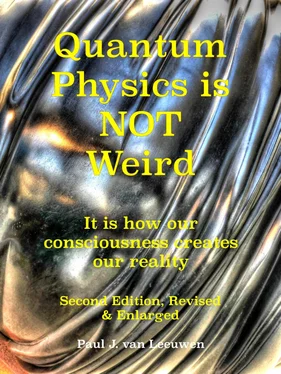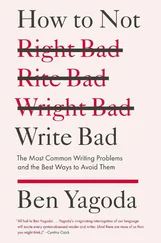With large numbers of photons or electrons, it is still conceivable that half of them will pass one slit and the other half the other slit and that they somehow reinforce or extinguish each other subsequently at the screen. For that to succeed they should then be paired one-to-one with each other, rather unlikely, but we cannot exclude that possibility without experimental verification. So, what will happen if we restrict the intensity of the beam to single particles fired one at a time at the double-slit? In case you were wondering how to accomplish such a feat: you can diminish the perceived intensity of a light source as much as required by simply placing the source further away.
That is exactly how it was done in practice in the first double-slit experiments. If you increase the distance to a point-like light source for instance by a factor three, keeping the diameter of the detector surface equal, you will then, on average, capture one ninth of the previous number of photons per second. The intensity is inversely quadratic proportional to the distance. This applies also to a diffuse electron source. A practical example: a LED lamp of 1 Watt in New York will deliver about 1 photon per second in someone’s eye pupil in Indianapolis.
You would probably expect that when we fire a single particle per ‘shot’, that this particle now will pass through only one of the two slits and that therefore the interference pattern will disappear. This one-particle-at-a-time experiment [ 3 ]has been performed countless times with electron microscopes [ 4 ], leaving the set-up running for at least half an hour because it takes a lot of photons or electrons to get a discernable interference pattern. More recently this one-photon-at-a-time experiment was done with a single-photon sensitive video camera. For the result, see figure 5.3.
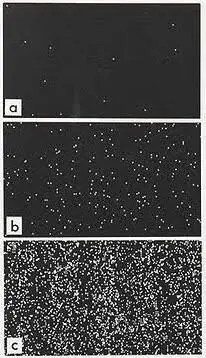
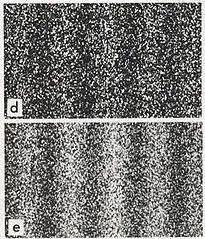
Figure 5.3: Results of a one single photon at-a-time double-slit-experiment.
Source: Wikimedia Commons – provided by Dr. Akira Tonomura.
The spots on the screen, where each individual particle hits, look completely random at the start of such an experiment, but the final image nevertheless develops into the usual interference pattern with an intensity distribution as shown in figure 5.4. It is a graph of the electron hit density as pictured in figure 5.3-e.
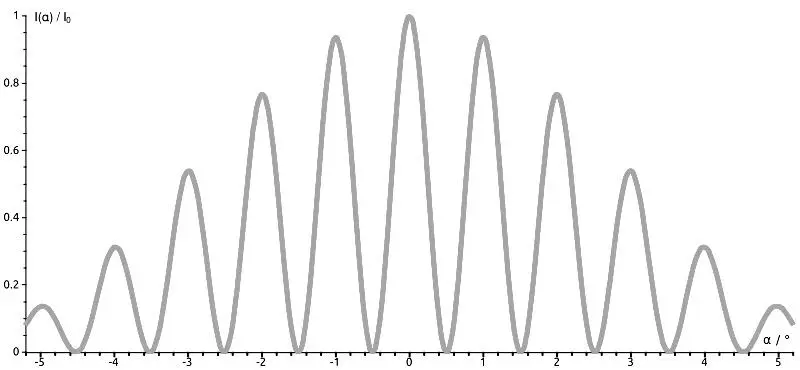
Figure 5.4: Double-slit hit distribution with a great number of individually fired photons or electrons.
Source: Wikimedia Commons
So, each single particle seems to have gone through both slits to interfere with itself in the space after the slits. Here, our imagination, shaped by classical physics, simply collapses into unimaginability. But, when we close one of the slits, i.e. the left one, the result is an intensity distribution as shown in figure 5.5, the bolder grey curve.
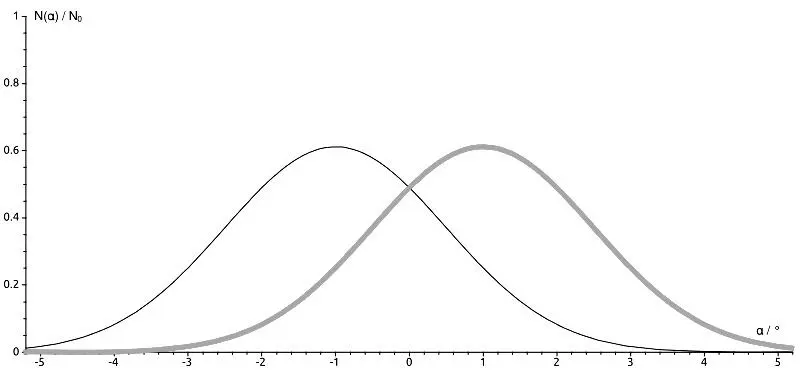
Figure 5.5: Intensity distribution with left slit closed.
Source Wikimedia Commons.
As you can see, now there is obvious no interference, which is to be expected. However, it is still a wave phenomenon and surely not an effect what you would expect when shooting material particles through a single slit. What you see here is the intensity distribution of a single wave expanding from the right-hand slit hitting the screen everywhere but mainly in the middle behind the open right-hand slit.
Next, we open both slits again and now we are going to observe someway through which slit the particle passes. And then it gets weird.
Observing the slits .. or not
When we set up the experiment in such a way that we can observe the particle passing through the slit, the double-slit interference pattern disappears, and we will see an intensity distribution like figure 5.6, the bold grey curve. This curve is the summation of the intensity distributions of two single slits, the thin black curves. This is clearly not an interference pattern. The result looks now as if we had individual waves alternatingly going through only one of the two slits.
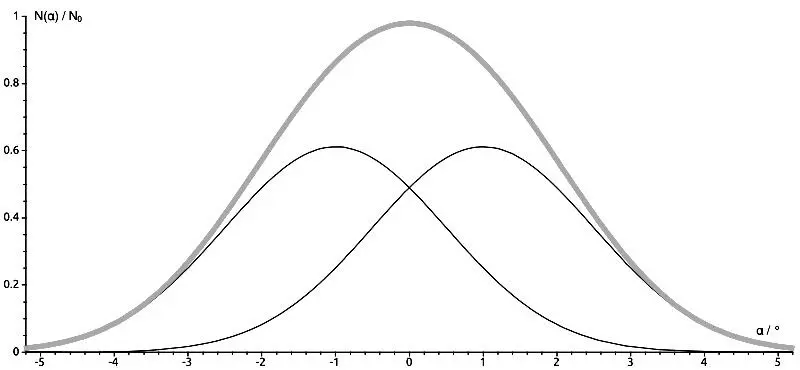
Figure 5.6: Intensity distribution with double-slit with both slits open and observing through which slit the photon or electron passed.
In summary: when you don't observe the slits, you will get the figure 5.4 interference and the particles will behave like waves passing through both slits. But as soon as you try to observe the particles passing through the slits, the interference disappears, and each photon or electron behaves like a wave passing through only one of the slits, figure 5.6.
The set-up of the measurement procedure, especially concerning information about which way a particle went, apparently determines which of these two mutually exclusive events will happen; waves passing through two slits or waves passing alternately through a single slit. It is tried to explain this effect by assuming that doing a measurement always means that you exercise a physical influence – no matter how small – on the measured system. We will see why that cannot be the case.
But it turns out to be even weirder. We only need to observe just one of the two slits – it doesn't matter which – to make the interference pattern disappear completelylike in figure 5.6. Which means that, when we can infer from our measurement that the particle did pass the unobserved slit, the interference pattern disappears also. Without physically touching or even merely observing the particle! This clearly contradicts the assumption of physical disruption by the measurement of the particle. The wave behavior of the particle seems to be influenced by our observation combined with the knowledge that we did fire a particle. In other words, the information we possess exerts an influence upon the wave behavior of photons and electrons. This is probably not restricted to only photons and electrons.
This is where the most interesting and controversial aspect of quantum physics manifests itself most clearly: the influence of information, presumably residing in the mind of the observer, on the physical world. This is the key question: How is it possible that, when we receive and/or have information about certain aspects of the particle, that this information is enough to exert a physical material effect? What does it mean when we speak about information?
A lot of literature and film about the double-slit experiments speaks about the wave-particle duality as if observing the slit causes the change of the wave into the particle. These authors are confusing the issue. Observing the slit causes the wave – whether electron or photon – to behave differently. It is still a wave, however. The wave is not changing into a particle at the observed double slit. Only at the instant when the wave hits the screen, not before, it is the particle that is observed. That is the correct description of the particle-wave duality.
Читать дальше
